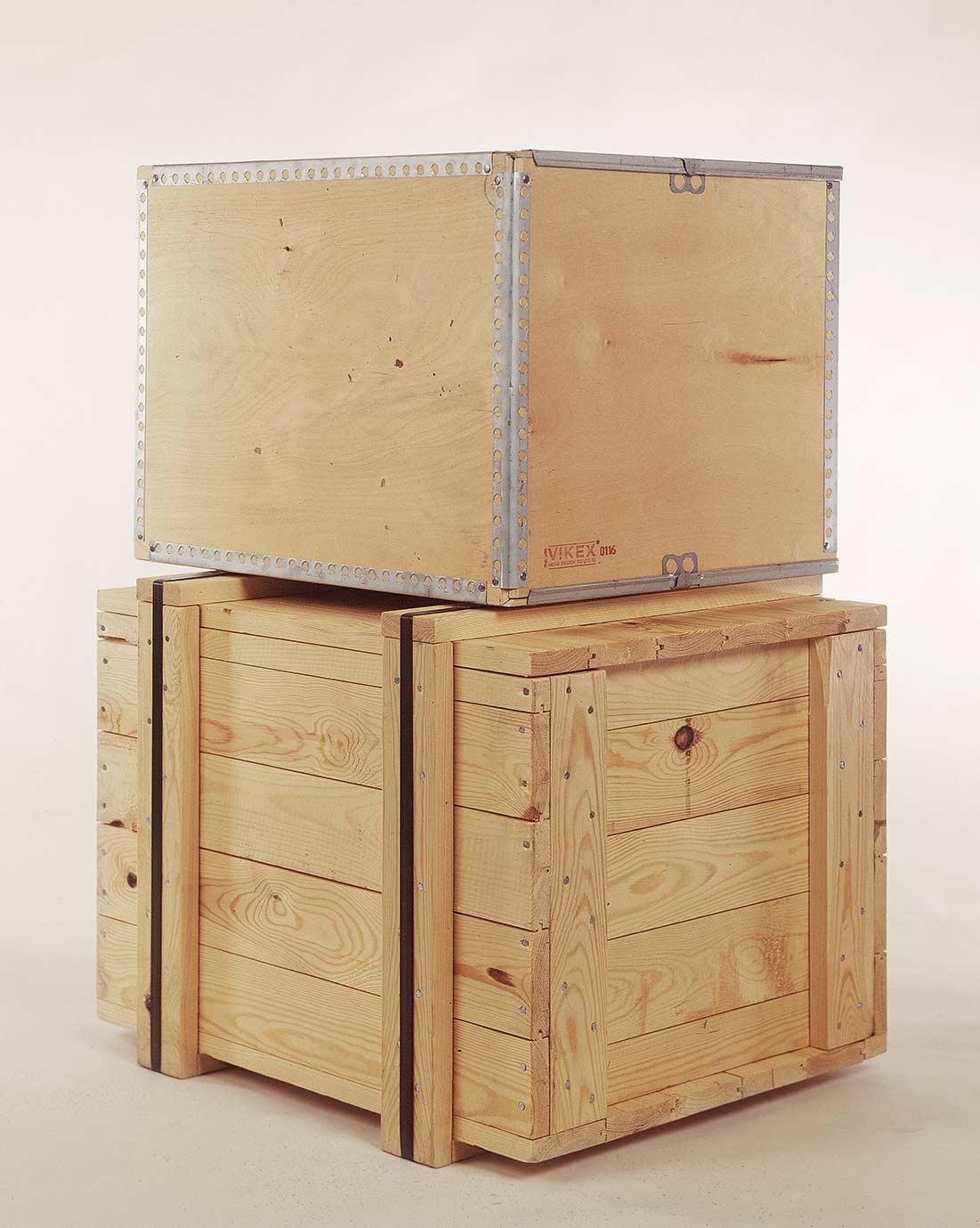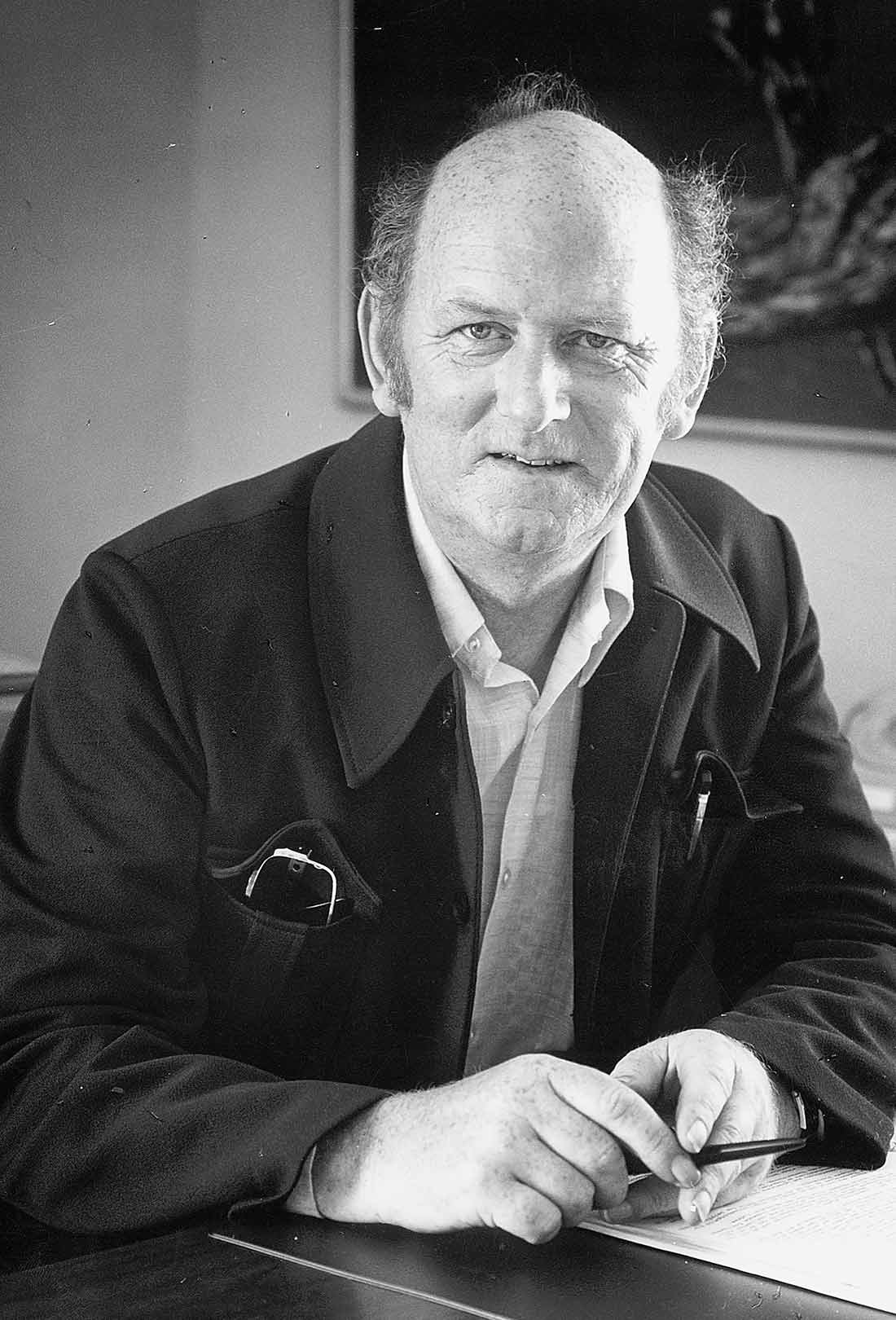Introducing Vikex
In 1968, LM Ericsson wanted a new alternative to the heavy wooden crates they used for export packaging and were open to innovative ideas. Hans-Elov Nordgren and Roland Hansson – who worked in sales at Nefab – began to develop the Vikex box, today better known as ExPak. The Vikex plywood boxes had a thickness of only 6 mm, compared to 18–36 mm thick wooden crates which was commonly used, which made them significantly lighter and smaller but just as strong. The lower weight was a great competitive advantage as more and more industrial goods were being shipped by air. Nefab also managed to make the boxes foldable, which meant that they took much less space in transport and in warehousing, which also saved a lot of costs.
The fact that the boxes were foldable meant that Nefab’s addressable market grew considerably, since it now made economical sense to transport the packaging material longer distances. This proved critical when Nefab started to explore European markets on a larger scale during the 1970s. Nefab’s strong plywood boxes guaranteed that LM Ericsson’s sensitive telecom equipment would arrive undamaged. This was very important for LM Ericsson because damages to equipment was a big risk to their business. As you can imagine, there were very long shipping cycles to LM Ericsson’s markets, such as Europe, Asia or South America.

